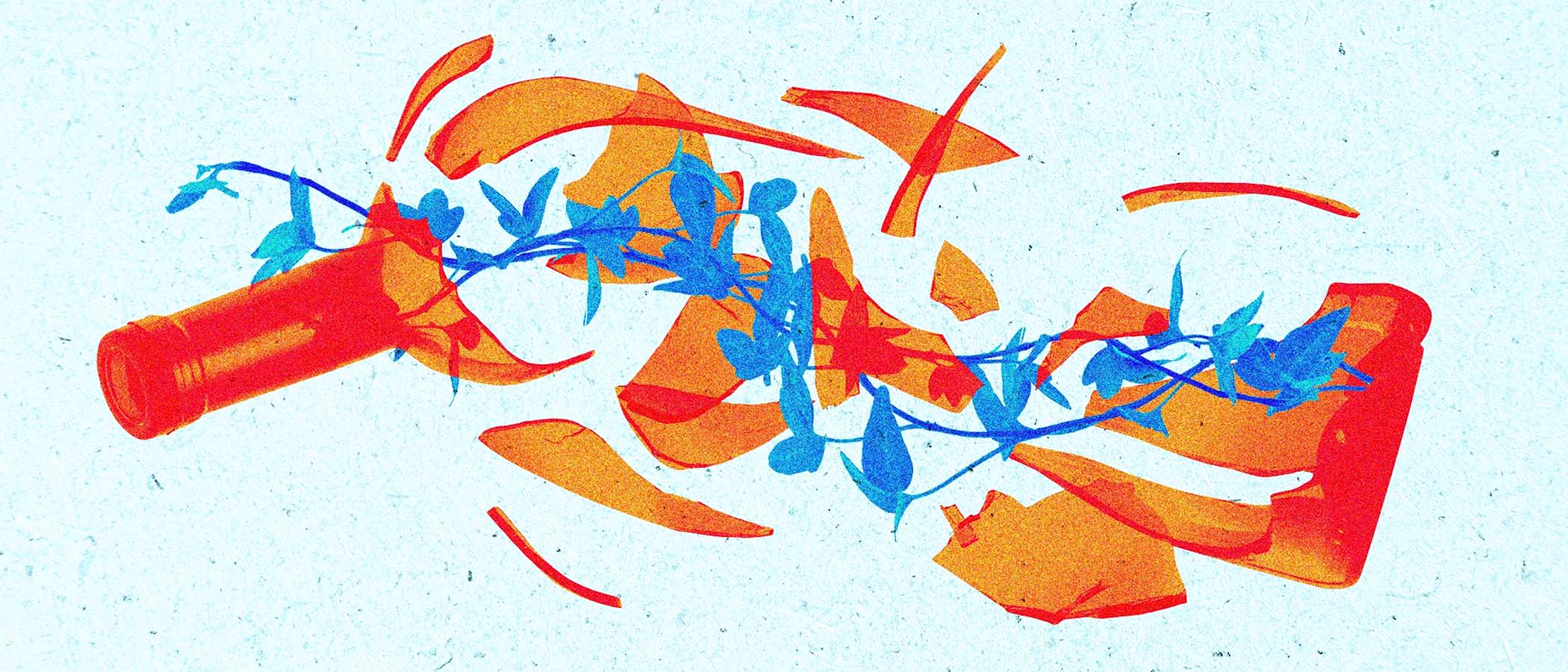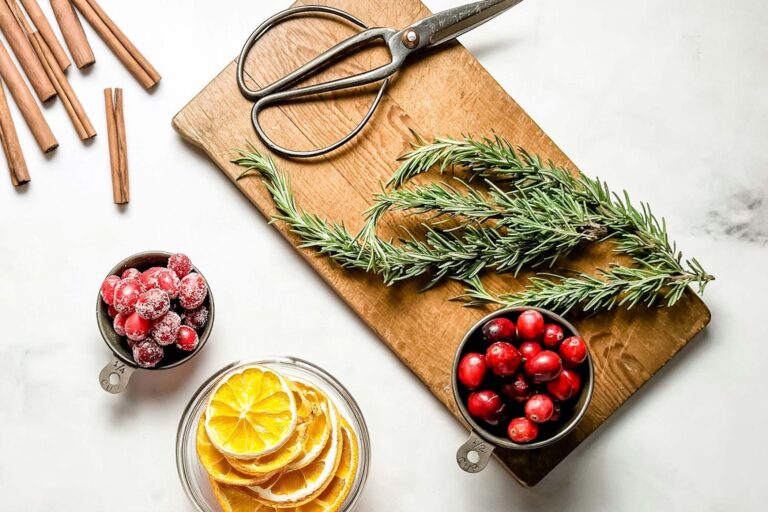Will Tradition Prevent the Wine Industry From Embracing Sustainability?
An essay for Vinepair.com by Winery CEO Mailynh Phan
PRESS | JUN 3, 2022

“Consumers continue to follow these arbitrary packaging rules when manufacturers continue to perpetuate them, even when consumers say they want sustainability. With this, it’s become somewhat of a conundrum: Who acts first?”
–Mailynh
Here’s what I know when it comes to going green in the wine industry: What has come to be expected is simply unsustainable. In the American wine industry, higher-priced wines are generally put in heavier glass bottles topped with foil capsules. This is what wine-buying baby boomers with deep pockets expect — or at least what the industry believes they want.
Consumers continue to follow these arbitrary packaging rules when manufacturers continue to perpetuate them, even when consumers say they want sustainability. With this, it’s become somewhat of a conundrum: Who acts first? Does the industry re-educate consumers about the same misconceptions we created about packaging equating to quality, or do we let consumer purchasing dictate our move forward?
Really, the question is less about who we blame, and more about how we make the industry more sustainable.
Beginning with the Bottle
When wineries source glass, it can come from anywhere in the world, so by the time a bottle lands on a dining room table, it may have already traveled around the world. Heavy wine bottles have a higher environmental cost for production and for transport; the heftier the bottles, the fewer cases can fit in a particular truck or container.
Even still, glass is fully recyclable and a sustainable choice. But it could be more sustainable — not just by being more lightweight but by increasing cullet, or recycled glass.
Erica Harrop, president and founder of Global Package, is the U.S. representative for Estal’s Wild Glass. Unlike traditional glass that uses a portion of cullet in its production, Wild Glass is made from 100 percent recycled glass, and the factory allows for visual imperfections. “What happens in a glass factory is they are sorting for something near perfect,” says Harrop. “What we’re saying for Wild Glass is the industry doesn’t need near perfect; they need something functional.”
An industry downshift in demand for “perfect” glass would mean more glass factories could produce the equivalent of Wild Glass, increasing efficiencies and improving sustainability by reducing CO2 emissions.
From the Bottle Neck, Up
The capsules or foils (the metal or plastic that encases the cork) along with the type of bottle closure (corks and screw caps) also have sustainability implications. Historically, capsules served to protect the cork from rodents, insects, bacteria, and mildew, but these days, they’re mostly decorative and thus unnecessary.
Capsules are made from tin, aluminum, PVC, or polylaminate. While tin and aluminum capsules are generally recyclable, the materials used to make them are mined overseas. And when it comes to their disposal, consumers can’t necessarily tell the difference between materials, and often, even the most environmentally savvy don’t think about recycling them. To save on the expense of tin, some wineries have taken to purchasing PVC and polylaminate capsules to match the look of tin. Unfortunately, they are completely unsustainable alternatives that end up in our growing landfills.
Unlike capsules, wine bottle closures are essential. Screw cap wines account for 30 percent of the wine bottles on the market. Though they are marketed as recyclable, it really depends on local recycling programs, state laws, and what materials the screw cap is made from. Sometimes, they’re completely made of aluminum, which may be recycled, but sometimes, there’s a plastic insert in the cap, rendering it destined for a landfill.
Besides screw caps, there are imitation corks made of synthetic or plastic materials that are often advertised as having negative carbon footprints and as being recyclable. The truth is, they’re only recyclable if they’re brought to certain collection points, which can often be hard to find or simply unavailable in a particular town or city. We know what that means: They’re going to landfills.
When it comes to closures, natural corks are 100 percent biodegradable and compostable. “Cork is not just carbon neutral — it’s carbon negative,” says PJ Awe, creative director and sales rep of Amorim Cork America, the largest producer of natural wine cork closures in the world. “Every time you buy a wine closed with a cork, you are helping the earth absorb more greenhouse gasses by supporting the preservation of the cork forest through the cork closure industry.”
The Perpetuation of a Myth
If the industry knows heavy glass is the worst, capsules are unnecessary, and alternative closures aren’t that sustainable, why are we using … any of them? Is it because, like consumers, we as wine industry folks believe in the perception that a heavier bottle means the wine is better — and sells better? Are we worried about negative reviews or sommeliers being unimpressed with our wine because of the way the bottle feels in their hands, instead of on their palates? Are we all just stuck in the past?
Packaging matters, and we have successfully fostered an expectation among consumers on what good wine looks and feels like. We’ve managed to correlate prestige, quality, and wealth with heavy bottles, topped with a capsule.
Like a Pavlovian response, every time a well-known, high-scoring winery uses a heavyweight bottle, the correlation of quality gets reinforced with the consumer. It’s no surprise that other wineries then replicate this proven formula, hoping to secure high scores and sales — or at least borrow the legitimacy associated with such packaging.
But the truth is, wine quality is subjective and has nothing to do with bottle weight or presentation. Anyone can put wine into a heavy bottle. Packaging choices are ultimately about budget and meeting presumed expectations — those of consumers, reviewers, and sommeliers. But are those assumptions real?
It seems expectations among sommeliers and reviewers are changing, but the wine industry has yet to catch up. “There used to be an expectation to use heavy glass; I don’t think it’s so true anymore,” says Steve Ventrello, owner and partner of Vintage Wine Marketing. “I think that a lot of people, including sommeliers — especially younger somms — are more aware of sustainability and practices that help the Earth. I think sommeliers are turned off by the bigger, heavy bottles.”
When it comes to reviewers, Dave McIntyre, wine columnist for The Washington Post, recently proclaimed that he will follow in the footsteps of wine writer Jancis Robinson and begin posting bottle weights with his reviews to highlight heavy glass and discourage its use. This move will hopefully shift wineries’ desires to send reviewers heavy bottles and may also begin to sever the consumers’ correlation between heavy glass and high-scoring wines or quality.
If sommeliers and journalists are taking a stand against unsustainable packaging, maybe it’s time wineries follow suit and stop using them as scapegoats for our choices.
Consumers Actually Want More Sustainable Choices
According to Nielsen’s Beverage Alcohol Category Shopping Fundamentals study, only 29 percent of consumers know which brand they intend to buy before they enter a store. This means that 71 percent of buyers are making decisions on the spot as they peruse the options on the shelves.
Meanwhile, 73 percent of consumers say they are willing to pay more for sustainable packaging, a number that rises to 83 percent among younger buyers (ages 21-44). If the average wine consumer chooses their wine by packaging cues, it stands to reason that the industry collectively needs to provide more education on what to look for when determining both quality and sustainability.
Educating consumers on alternative cues would stop them from judging wines by their bottles and would give wineries space to choose sustainable materials without the fear of losing sales.
Plus, both consumers and industry pros must do the work to determine which materials are actually sustainable and which are just greenwashing. Some of the alternative wine containers or closures being marketed as recyclable require the consumer to find a collection site. Is that really a sustainable alternative? Recyclability should be ubiquitous and simple; adding more barriers means more “recyclable materials” will end up in landfills.
Perhaps the solution for providing consumers with cues on sustainability is a more straightforward way of communicating eco-friendly efforts on bottles. “We are trying to encourage members to put Napa Green logos on their labels,” says Anna Brittain, executive director of Napa Green, a sustainability program in Napa. “Whether in the tasting rooms or out at pouring events, the logos inspire the conversation about sustainability and people want to know more.”
When we look at the question of who must act first, ultimately, as producers, we’re responsible for the bottles we make and for what happens to them after they are emptied. It’s time for the industry to move on from unsustainable traditions and to help educate consumers on sustainability. We all have green choices — now, we need to make them.


